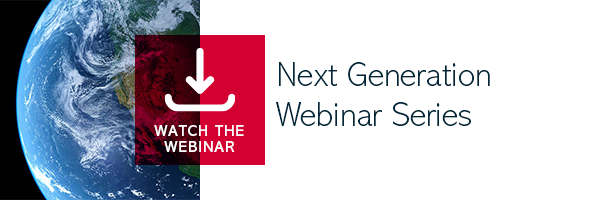Next Generation Technology refers to the updated infrastructure of emergency response services. Its idea and research began in the United States in the early 2000s. The aim was to improve emergency communication with mobile, smart, and wireless technologies.
With Next Generation we therefore mean the upgrade of emergency communication capabilities including multimedia calls (images, video, data ...) and the ability of the network to transfer data more efficiently, through the Emergency Service IP network (ESInet).
In 2003 the National Emergency Number Association (NENA) began to research and develop a path to map and define the terms of this new infrastructure. Since 2013, several US states have started their transition to be compliant with this new infrastructure.
In those same years, the Next Generation 112 (NG112) also arrives in Europe. In 2013 EENA - European Emergency Number Association publishes the technical and operational guide on how this technology works (Long Term Definition Document), taking up what was done by their American counterpart NENA - National Emergency Number Association with their document commonly called "i3".
Next Generation 112 Plugtests
It took three years to be able to garner an initial interest from emergency and telecommunications operators. In 2016 EENA and ETSI (European Telecommunications Standards Institute) organize the first European plugtest event to test the interoperability between components developed according to EENA and NENA standards: a milestone for the evolution of Next Generation in Europe. For the first time EU technology providers worked together to demonstrate the robustness of the NG112 architecture.
The event was so successful that EENA and ETSI organized a second, much larger one in March 2017 and again a third in 2019. 15 participants and industry observers worked to create further scenarios to test the new technology.
The first European Projects
2018 marked a turning point: Romania was the first EU country to launch a public tender with the request for the NG112 platform, based on the EENA document. The tender renewed the National 112 system and included the NG112 platform, as per standard. A courageous and far-sighted choice, which prepares the country for the communications to come.
In October 2019 the French Digital Agency (ANSC) launched a request for information (RFI) for an ESInet platform at national level, to renew the existing emergency call distribution service, accompanying it to the new platform, helping to make the transition to this new architecture in Europe is ever more real.
Finally, in 2020, the Republic of North Macedonia launches a tender for the renewal of national emergency services which, like Romania, include NG112 technology for the distribution of calls.
TS 103479 V1.1. Document
A key moment comes in December 2019 when ETSI publishes the TS 103479 V1.1.1 standardization document, which describes the ESInet components. Europe now has its own official reference document, for everything NG112, with an approach that adapts to the European environment. The existence of a standard document will facilitate the approach of other countries to the subject, making it also a useful tool for launching new tenders and projects.
EENA'S Pilot Projects
To continue to raise awareness among the emergency service communty EENA launched a series of NG112 pilot projects.
Three consortia, including Beta 80's CELESTE, tested real case scenarios and technology, taking the plugtest results out of the laboratory. The results, published by EENA, have once again confirmed the quality of the technology and the disruptive effects that this architecture will soon bring to the emergency services.
What does the future hold?
There is still a long way to go to complete the transition to the new architecture, but the change has already begun. Over the next few years, we expect to see more countries join the list of those who renew their national systems, including NG112 specifications, as more and more states are laying the groundwork for a change in the emergency call management paradigm. The path of change has just begun.


